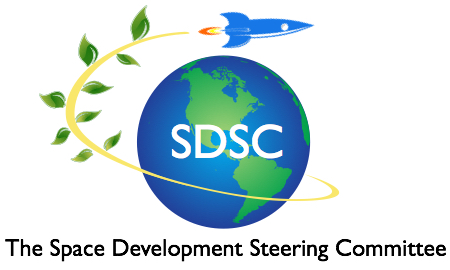An impressive team of government and industry mavericks has responded to the Secretary of Defense Ashton Carter’s Innovation Challenge for the Defense, Diplomacy, and Development (D3) Innovation Summit in December with a bold idea for “Carbon-Free Energy for Global Resilience and International Goodwill.” The carbon-free energy source the team proposes is solar power harvested in space and transmitted to earth, an energy source that in the long run could replace all fossil fuels and is an energy source.. Read More
We Can Afford Mars—But Not the Way We’re Doing It Now Says NASA Cost Analyst
There is a new Mars program—the Evolvable Mars Campaign—circulating secretly within NASA and it’s unaffordable, says the Space Development Steering Committee’s Gerald Black, an Apollo program rocket scientist and GE aircraft engine specialist. But Black is not alone. An aerospace specialist from deep within the bowels of NASA agrees. He agrees in his role as a private citizen, not as a spokesman for NASA. Here’s the story. In a press.. Read More
Space Settlement, an Easier Way
“Space Settlement an Easier Way,” Al Globus, Stephen Covey, and Daniel Faber describe a relatively easy, incremental path to free space settlement by taking advantage of very low radiation levels in Equatorial Low Earth Orbit (ELEO) and higher rotation rates. Low levels of radiation in ELEO permit settlements with little or no radiation shielding. Higher rotation rates permit much smaller settlements. Together this reduces settlement design mass by two to three.. Read More
The Small Satellite and Small Rocket Revolution
The price of access to space is coming down. Dramatically. SpaceX is working on making rockets reusable, a trick that will cut the cost of access to space for humans and large cargos by roughly 90%. But the price of getting into orbit is being slashed by yet another force: a miniaturization revolution. Today a satellite that weighs twenty five pounds—the weight of your backpack–can do the job of a.. Read More
